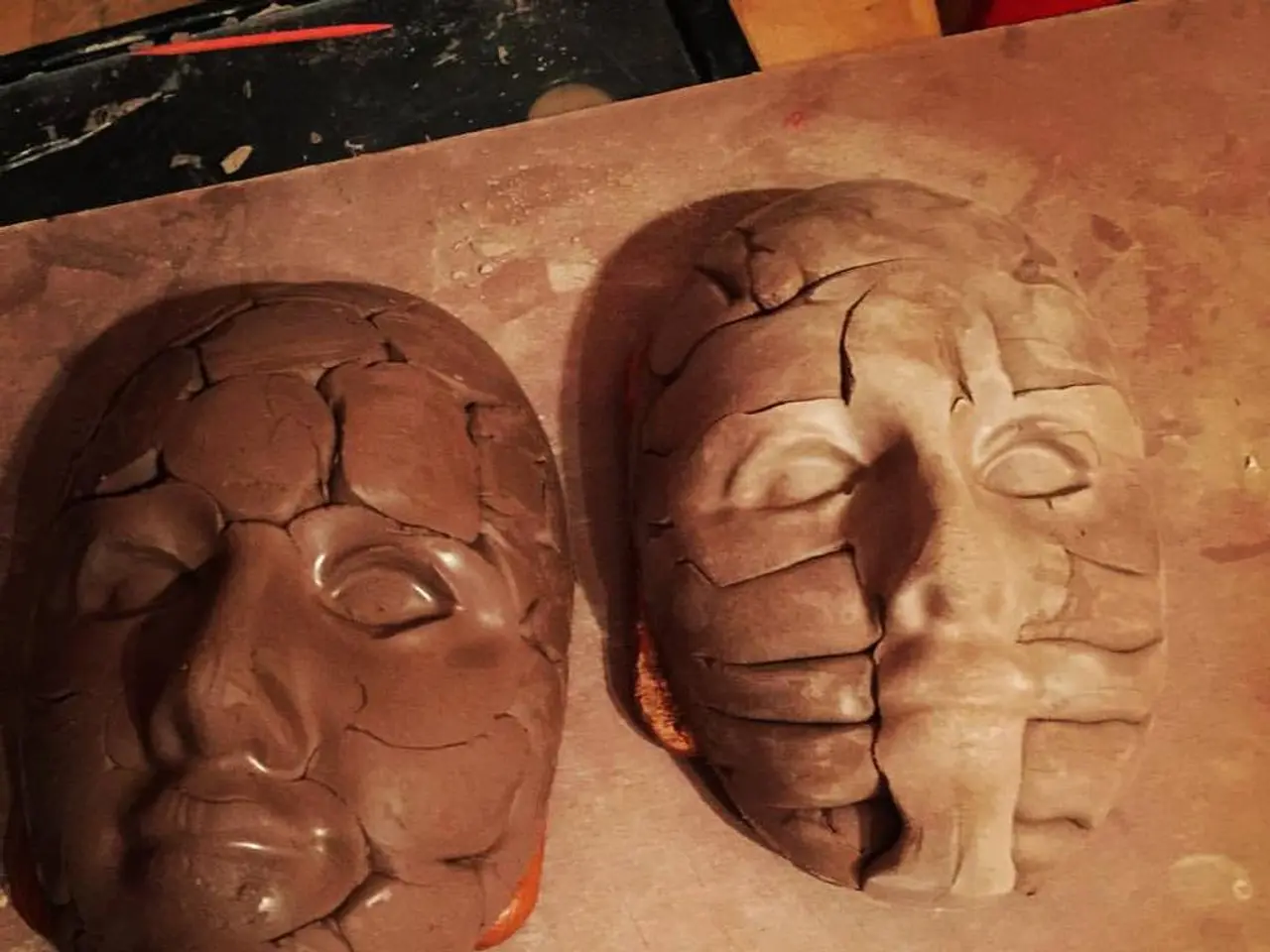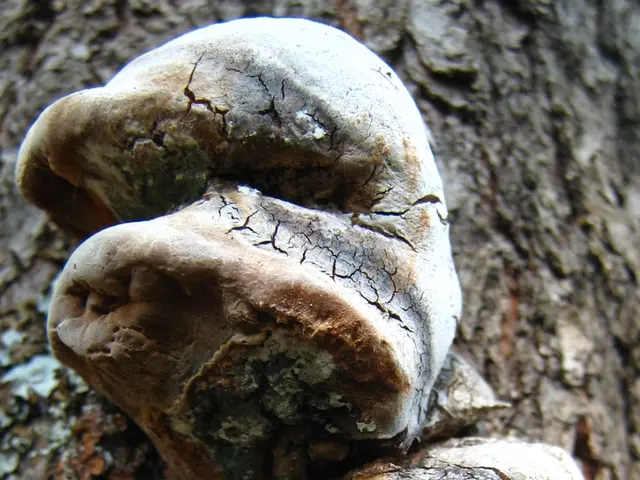Psoriasis with droplet appearance: Origin, signs, and remedies
Guttate psoriasis, a specific type of psoriasis, is a condition that can cause small, red, violet, or brown scaly spots on the skin. This variant of psoriasis is less common than other types but can affect people of all skin tones, although its presentation may vary depending on the tone.
Triggers for guttate psoriasis are diverse and can include infections, stress, injury to the skin, certain medications, sunburn, and potentially COVID-19. Infections, particularly those caused by streptococcal bacteria, such as strep throat, are a common culprit.
On lighter skin, the spots caused by guttate psoriasis are more noticeable. However, on darker skin tones, the condition may be harder to diagnose visually as the changes in skin color can be less apparent. People with darker skin tones may experience hyperpigmentation, where the affected areas become darker than the surrounding skin.
A healthcare professional typically diagnoses guttate psoriasis through a physical examination of the skin. About 25% of people with guttate psoriasis will develop chronic plaque psoriasis, a more common and persistent form of the condition.
Complications of guttate psoriasis include secondary skin infections from scratching, which can lead to further discomfort and potential complications. To manage these complications, it's important to seek prompt medical attention and follow any treatment recommendations.
Phototherapy using ultraviolet light may also be recommended for treating guttate psoriasis. Topical corticosteroids are frequently used, along with other topical options such as vitamin D analogs, retinoids, calcineurin inhibitors, salicylic acid, and prescription shampoos.
It's essential to note that guttate psoriasis is not contagious, but the infections that may trigger it can be. Treating guttate psoriasis can involve ruling out untreated strep infection as a cause, and oral antibiotics may be prescribed if found.
In addition to medical treatment, lifestyle changes can help relieve symptoms. Epsom salt baths, avoiding perfumed products, regular moisturizing, regular exercise, quitting smoking, and reducing alcohol consumption may all contribute to symptom management.
Guttate psoriasis usually affects children and adults under 30 years old. People with guttate psoriasis can have other comorbidities, such as metabolic syndrome, psoriatic arthritis, cardiovascular disease, high blood pressure, depression, type 2 diabetes, high cholesterol, inflammatory bowel disease, and more.
Counseling or psychotherapy may help manage depression or anxiety associated with psoriasis. For some individuals, flare-ups may resolve in 3 to 4 months without treatment. However, it's crucial to monitor for symptoms and signs of relapse and avoid known triggers to maintain control of the condition.
The name "guttate" comes from the Latin word for "drop," reflecting the small, droplet-like spots that characterise this form of psoriasis. While guttate psoriasis can appear anywhere on the body, understanding its triggers, presentation, and management can help those affected manage their symptoms effectively.
People with guttate psoriasis may also need to manage other medical conditions, such as metabolic syndrome, psoriatic arthritis, cardiovascular disease, high blood pressure, depression, or type 2 diabetes. A healthcare professional could recommend certain skin care practices, like using prescription shampoos, vitamin D analogs, or salicylic acid, to treat guttate psoriasis. In the realm of health and wellness, lifestyle changes like regular exercise, quitting smoking, and reducing alcohol consumption can help alleviate symptoms of guttate psoriasis.




